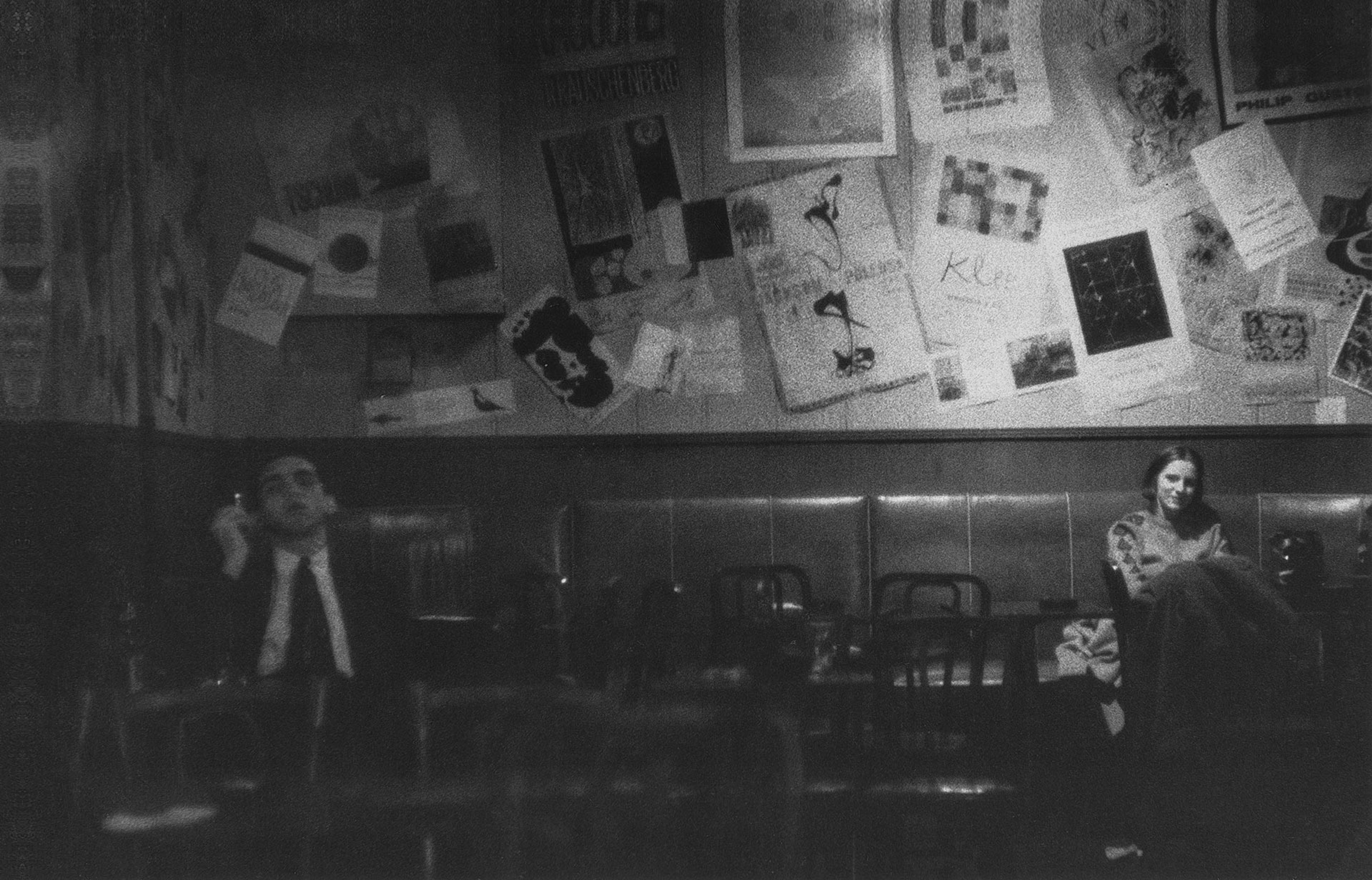Film Screening at Metrograph, New York
October 2019
On the occasion of the exhibitions Light Break and the sound i saw (on view through October 26 at the galleries in New York), art historian and curator Sherry Turner DeCarava and The New Yorker’s Vinson Cunningham lead a conversation about DeCarava’s work between screenings of films that influenced him (The Maltese Falcon, 1941) and that have been influenced by him (If Beale Street Could Talk, 2018).
Saturday, October 5, 1:30 PM Metrograph, New York
Roy DeCarava, born in Harlem in 1919, trained in painting and printmaking at Cooper Union and the Harlem Art Center. DeCarava was a multitalented artistic dynamo who initially took up photography as an aid in sketching for his early paintings. Very soon, however, silver gelatin photography garnered his full attention. The first African American photographer to win a Guggenheim Fellowship, DeCarava pursued his goal of becoming an artist with discipline and determination. Refuting the tropes of the time, in 1952 he said, “I do not want a documentary or sociological statement—I want a creative expression.” DeCarava’s work was a crucial reference point for If Beale Street Could Talk, by director Barry Jenkins, who identified in DeCarava’s photographs a fully developed understanding of human values embedded in an aesthetic visual matrix. While DeCarava never worked in the field of cinema himself, he grew up in the era of black-and-white filmmaking and, in an interview much later in his career, noted, “I think I absorbed the visual aesthetic of black-and-white films, so that when I started taking pictures, it was natural.”
